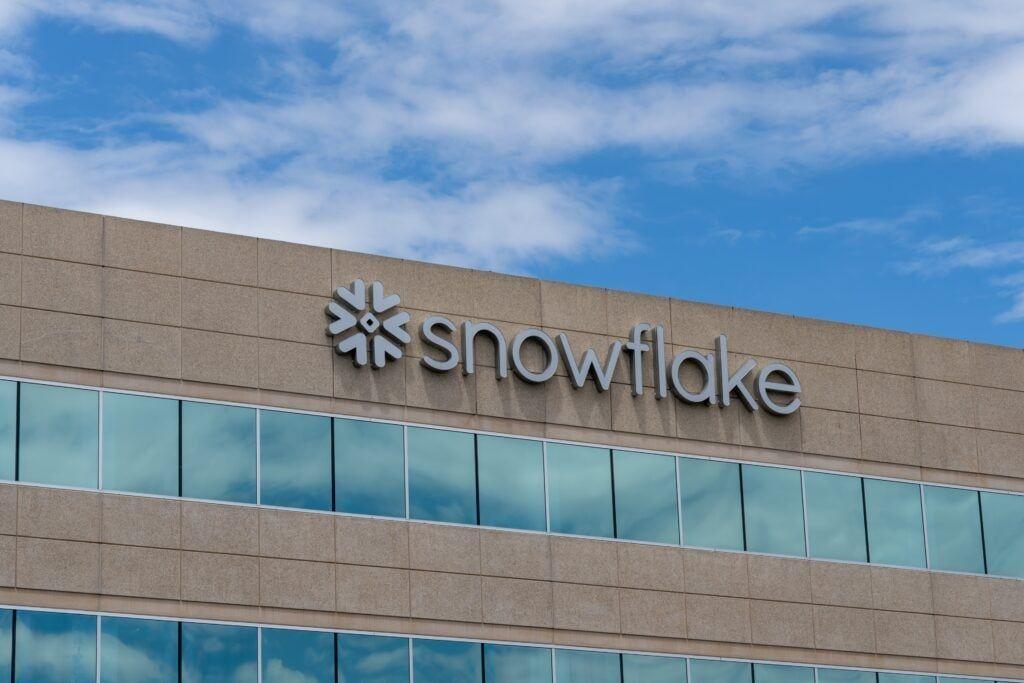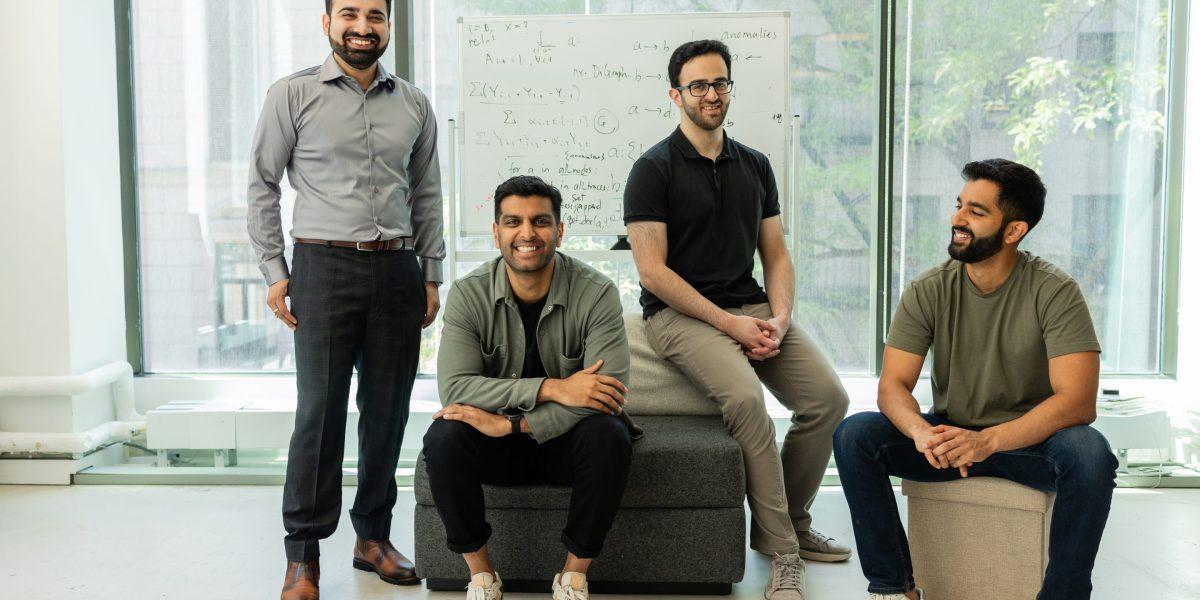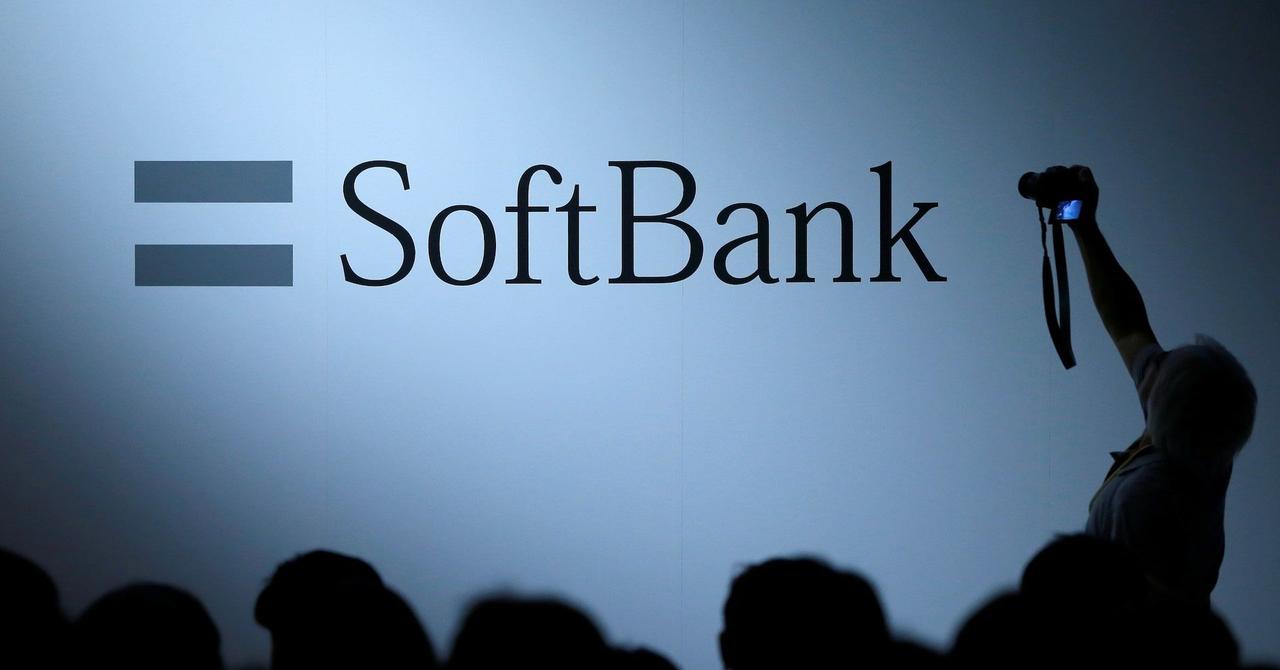Observe Raises $156M to Advance AI-Native Observability in Software Monitoring
4 Sources
4 Sources
[1]
Observe continues to adapt to the changing world of software observability
Observe, an observability platform, was founded in 2017 in response to the changing nature of software observability. Companies started pushing out new versions of their software more frequently -- and producing significantly more data because of it. Now, Observe is responding to the latest big shift in technology: AI. San Mateo-based Observe helps companies get an inside look at the status of their software, which makes it easier for engineers to spot and solve disruptions and outages. The recent advancements in AI are both a blessing and a burden for the company. Observe's observability product incorporates AI agents to help make finding and fixing issues faster for its customers. But advancements in AI mean companies are shipping software even faster than before and seeing their data balloon because of it. CEO Jeremy Burton told TechCrunch that with the continual advancement of AI agents, observability continues to get more complex. "In a few years, you're going to have hundreds or thousands of agents on your network that are all interacting with employees or interacting with each other," Burton said. "That's all great until something goes wrong, and you've got to try and, you know, do a Sherlock Holmes and figure out who done it, you know?" But Observe is adapting to how the industry is changing, Burton said. The company released a Model Context Protocol (MCP) server earlier this year that allows developers to access their observability data from AI coding tools and LLMs. This is to help meet developers where they are already working, Burton said, and help them accomplish tasks easier. "We have customers already that are using the MCP server and really trying fairly radical workflows," Burton said. "They're sitting in their development environment, and they say, 'Hey, take a look at this ticket. Use Observe to go figure out what's happening, and then describe to me the code that you think is problematic, and then suggest the effects.' That would have been in the realm of science fiction even a year ago." The company is also working toward supporting Apache Iceberg, an open source data table format that allows businesses to own and standardize their own data. Burton said companies really like that approach, and Observe expects to be able to support that format by the end of the year. The company's revenue nearly tripled in 2024, and it saw 93% gross retention of its customers, although Burton declined to share specific numbers. The company counts large enterprises, including CapitalOne, Paramount, and Dialpad, as customers. Observe raised $156 million in a Series C round led by Sutter Hill Ventures with participation from Madrona Ventures, Alumni Ventures, and strategic investors like Snowflake, among others. The company will put the capital toward research and development and hiring. Observe hopes to roll out its private preview for Apache Iceberg support shortly. "We've got a couple of really good things out there, but I feel like we've just gotten started," Burton said.
[2]
Software startup Observe raises $156 million in Sutter Hill-led fundraise
July 30 (Reuters) - Observe, whose tools help detect and resolve issues in app systems, said it has raised $156 million in a funding round led by private equity firm Sutter Hill Ventures as demand rises for software that helps businesses manage a growing deluge of data. The San Mateo, California-based startup has pitched itself as a one-stop alternative to data monitoring and analytics tools from Datadog (DDOG.O), opens new tab and Cisco-owned Splunk, aiming to simplify how businesses detect failures in complex systems. The Series C round was joined by existing investors Madrona Ventures, Alumni Ventures as well as the venture capital arms of cloud company Snowflake and U.S. bank Capital One, Observe said on Wednesday, declining to share its valuation Observe said it plans to use the funds to accelerate product development and expand its North American presence, including hiring more sales staff to grow its nearly 200-strong team. It stores all customer data in a single, central "lake" built on Snowflake and offers a lower-cost alternative to larger rivals, a strategy that has helped it attract about 100 clients, including Commonwealth Bank of Australia (CBA.AX), opens new tab. "We've deliberately, I'd say over the last 18 months, moved our go-to-market away from the smaller organizations. So, we've been focused on companies operating at scale," CEO Jeremy Burton said in an interview. "Capital One is our biggest customer. But Commonwealth Bank actually is very close." Observe has tripled its revenue over the past year and has a 93% gross retention and 180% net revenue retention, the company said, in signs of customer loyalty in a market where clients are chasing lower costs. The startup, which raised $115 million in a Series B round, opens new tab last year, is using artificial intelligence to power an assistant that helps users query data in plain English and diagnose issues without writing complex code. Reporting by Aditya Soni in Bengaluru; Editing by Pooja Desai Our Standards: The Thomson Reuters Trust Principles., opens new tab
[3]
Observe raises $156M to accelerate enterprise shift to AI-native observability - SiliconANGLE
Observe raises $156M to accelerate enterprise shift to AI-native observability The artificial intelligence-native observability company Observe Inc. said today it has raised $156 million in a Series C round of funding. The round was led by Sutter Hill Ventures, which also led its $115 million Series B raise in March of last year. Madrona Ventures, Alumni Ventures, Capital One and the venture capital arms of Snowflake Inc. and PagerDuty Inc. also participated in the round. Observe is getting a lot of traction for its AI-native observability platform, which is used by enterprises to analyze the diagnostics generated by their applications and detect the cause of technical problems. For example, the software can tell an e-commerce firm why its checkout page has suddenly gone offline or started going haywire. Once it observes a technical issue, it helps software teams investigate with a range of built-in troubleshooting tools, with the entire process guided by its OpenAI-powered chatbot O11y. The company explained that there are three key components to its observability platform that help set it apart from its competitors. First is the O11y Data Lake, which is a scalable, low-cost data lake that's optimized for collecting, transforming and storing real-time observability data such as logs, metrics, events and traces. It's built using open standards such as Apache Iceberg and OpenTelemetry to ensure anyone experienced in data syntax will feel immediately at home. The second core component of the startup's platform is the O11y Knowledge Graph, which provides a contextual, real-time model of the customer's entire information technology system, mapping services, resources, users, deployments and incidents. Lastly, there's a newer agentic AI component called O11y AI SRE, which helps to automate the investigative process and help to get applications back online as fast as possible. It's capable of generating its own instrumentation and assisting with the most complex troubleshooting to help teams close the loop as rapidly as possible. These components come together to create what Observe says is a "developer-first" experience that automatically surfaces the context behind application incidents, leading to faster troubleshooting, without human teams needing to switch between different tools and spend time stitching together different logs, metrics and traces. Ultimately, it means problems can be fixed and applications can be brought back online much faster, the company says. Observe Chief Executive Jeremy Burton (pictured) said the difference between his company and other observability firms is that it didn't just bolt on AI and a data lake, it redesigned its platform with those components at the core. "We believe the winners in this next era of observability won't be the ones with the most dashboards," he explained. "They'll be the ones that surface the right context and give enterprises the ability to correlate signals at massive scale, without breaking the bank." Burton discussed the importance of pooling data into a centralized data lake during an appearance on theCUBE, SiliconANGLE Media's mobile livestreaming studio, during the 2024 Data Summit, arguing that it helps to improve the scalability and cost-effectiveness of observaility operations: Observe has sold a lot of enterprises on its vision of AI-native observability. In the last year, the company claims to have doubled its enterprise customer base and tripled its annual revenue, while maintaining a net-revenue retention rate of 180%. It adds that monthly active users of its platform process a combined 150 petabytes of telemetry data as it increasingly replaces legacy observability tools such as Datadog, Splunk and Elasticsearch. The reason is because of scale - with Observe arguing that its agentic AI workflows, combined with its vast data lake, make it possible to troubleshoot applications faster and with lower costs. Observe said it will use the money from today's round to keep advancing its product and agentic AI capabilities while expanding its teams globally.
[4]
Software startup Observe raises $156 million in Sutter Hill-led fundraise - The Economic Times
Observe said it plans to use the funds to accelerate product development and expand its North American presence, including hiring more sales staff to grow its nearly 200-strong team.Observe, whose tools help detect and resolve issues in app systems, said it has raised $156 million in a funding round led by private equity firm Sutter Hill Ventures as demand rises for software that helps businesses manage a growing deluge of data. The San Mateo, California-based startup has pitched itself as a one-stop alternative to data monitoring and analytics tools from Datadog and Cisco-owned Splunk, aiming to simplify how businesses detect failures in complex systems. The Series C round was joined by existing investors Madrona Ventures, Alumni Ventures as well as the venture capital arms of cloud company Snowflake and US bank Capital One, Observe said on Wednesday, declining to share its valuation Observe said it plans to use the funds to accelerate product development and expand its North American presence, including hiring more sales staff to grow its nearly 200-strong team. It stores all customer data in a single, central "lake" built on Snowflake and offers a lower-cost alternative to larger rivals, a strategy that has helped it attract about 100 clients, including Commonwealth Bank of Australia. "We've deliberately, I'd say over the last 18 months, moved our go-to-market away from the smaller organizations. So, we've been focused on companies operating at scale," CEO Jeremy Burton said in an interview. "Capital One is our biggest customer. But Commonwealth Bank actually is very close." Observe has tripled its revenue over the past year and has a 93% gross retention and 180% net revenue retention, the company said, in signs of customer loyalty in a market where clients are chasing lower costs. The startup, which raised $115 million in a Series B round last year, is using artificial intelligence to power an assistant that helps users query data in plain English and diagnose issues without writing complex code.
Share
Share
Copy Link
Observe, a software observability platform, secures $156 million in Series C funding to enhance its AI-driven tools for detecting and resolving issues in complex software systems.
Observe Secures $156 Million in Series C Funding
Observe, a San Mateo-based software observability platform, has successfully raised $156 million in a Series C funding round led by Sutter Hill Ventures
1
2
3
4
. The funding round also saw participation from existing investors including Madrona Ventures, Alumni Ventures, and strategic investors such as Snowflake and Capital One1
2
.
Source: ET
AI-Native Observability Platform
Founded in 2017, Observe has positioned itself as a one-stop alternative to data monitoring and analytics tools from competitors like Datadog and Splunk
2
4
. The company's platform is designed to simplify how businesses detect and resolve issues in complex software systems1
3
.Observe's AI-native observability platform consists of three key components
3
:- O11y Data Lake: A scalable, low-cost data lake optimized for collecting and storing real-time observability data.
- O11y Knowledge Graph: Provides a contextual, real-time model of the customer's entire IT system.
- O11y AI SRE: An AI component that automates the investigative process and assists with complex troubleshooting.
Adapting to AI Advancements
CEO Jeremy Burton highlighted the impact of AI on the observability landscape, stating, "In a few years, you're going to have hundreds or thousands of agents on your network that are all interacting with employees or interacting with each other"
1
. To address this, Observe released a Model Context Protocol (MCP) server earlier this year, allowing developers to access observability data from AI coding tools and LLMs1
.
Source: SiliconANGLE
Related Stories
Impressive Growth and Customer Base
Observe has shown significant growth, nearly tripling its revenue in 2024 and maintaining a 93% gross retention rate
1
2
4
. The company has attracted about 100 clients, including large enterprises such as Capital One, Paramount, Dialpad, and Commonwealth Bank of Australia1
2
3
.Future Plans and Industry Impact
With the new funding, Observe plans to accelerate product development, expand its North American presence, and grow its team of nearly 200 employees
2
4
. The company is also working towards supporting Apache Iceberg, an open-source data table format, by the end of the year1
.Burton emphasized the company's vision for the future of observability, stating, "We believe the winners in this next era of observability won't be the ones with the most dashboards. They'll be the ones that surface the right context and give enterprises the ability to correlate signals at massive scale, without breaking the bank"
3
.
Source: TechCrunch
As Observe continues to innovate in the AI-driven observability space, it aims to address the growing complexity of software systems and help businesses manage the increasing volume of data generated by modern applications.
References
Summarized by
Navi
[3]
Related Stories
Snowflake eyes $1 billion Observe Inc deal to strengthen AI and monitoring capabilities
24 Dec 2025•Business and Economy

Sawmills Raises $10M to Revolutionize Observability Data Management with AI
20 Feb 2025•Technology

Traversal Emerges from Stealth with $48M to Revolutionize Site Reliability in the AI Era
19 Jun 2025•Technology

Recent Highlights
1
Nvidia locks in $20 billion Groq deal, securing AI chip rival's technology and talent
Business and Economy

2
Geoffrey Hinton warns AI job replacement will accelerate in 2026 as systems gain new capabilities
Technology

3
Deepfakes cross indistinguishable threshold as voice cloning and video realism surge 900%
Technology





